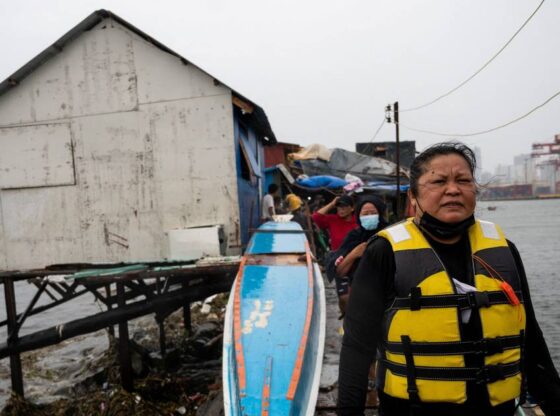The local meteorological agency, EXPECT has activated the maximum alert, level 5, in southeastern Luzon and the northern Philippines, including the provinces of Catanduanes and the coastal areas of Camarines Norte and Camarines Sur. Meanwhile, the metropolitan region of the capital Manila and surrounding areas are under alert level 3.
Fung-wong, known in the Philippines as Uwan, is moving northwest and could reach the coast later today, in the province of Aurora, in central Luzon, according to weather forecasts.
The tropical storm gained strength and was classified this Sunday as a super typhoon. Fung-wong, whose diameter covers almost the entire Philippines, is moving west with sustained winds of 185 kilometers per hour (km/h) and gusts of up to 230 km/h.
A total of 916,863 people had been evacuated by early Saturday afternoon, said the deputy head of the Civil Defense Office, Rafaelito Alejandro, at a press conference.
Schools and public buildings will remain closed on Monday in much of the country, including the capital, Manila, and almost 300 flights have already been cancelled.
Forecasters expect the super typhoon to bring torrential rain, strong storm surges and destructive winds.
“In addition to strong winds, we can expect heavy rain […] rainfall of 200 millimeters or more, capable of causing widespread flooding, not just in low-lying areas”, warned Philippine meteorologist Benison Estareja during a press conference.
Parts of the Visayas islands, in the east of the Philippines, were already suffering from power cuts this Sunday morning, while local authorities continued evacuation operations.
In the province of Aurora, rescuers carried out a door-to-door operation on Saturday to urge residents to seek refuge in high places, one of them, Elson Egargue, told news agency France-Presse (AFP).
Relief operations were suspended on Saturday in Cebu, the Philippine province hardest hit by Kalmaegi, due to the approach of Fung-wong, local authorities announced.
The passage of Kalmaegi caused at least 224 deaths in the Southeast Asian archipelago, where 109 people remain missing, according to official data.
Cebu records around 70% of victims. According to the specialized database EM-DAT, Kalmaegi was, so far, the deadliest typhoon of the year, having also caused at least five fatalities in Vietnam.
Every year, around 20 storms or typhoons hit or come close to the Philippines, with poorer regions generally being the most affected.
According to scientists, the global warming caused by human activity makes extreme weather events more frequent, more lethal and more destructive.

